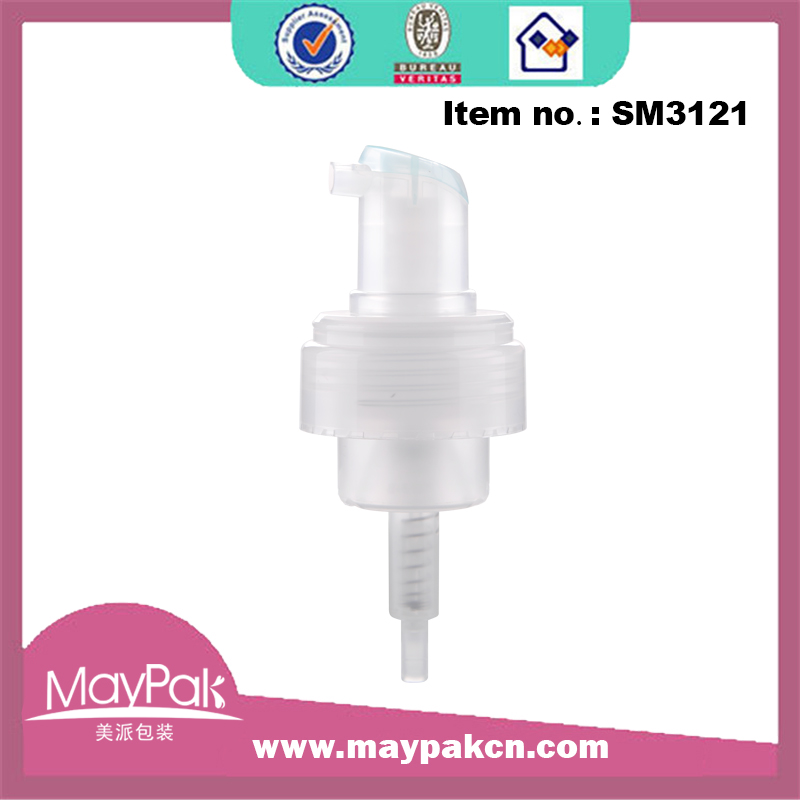Thermoplastic Polyurethane (TPU) – Urethanes were the first major elastomers that could be processed by thermoplastic methods. TPUs do not have quite the heat resistance and compression-set resistance of the thermoset type of polyurethanes but most other properties are similar. Thermoplastic polyurethanes come in a wide range of hardness grades. Among elastomers, urethanes have outstanding abrasion resistance, low temperature flexibility is good, oil resistance is excellent, and urethanes rank among the best for load-bearing capability. Additives can improve dimensional stability and heat resistance, reduce friction, and increase flame retardancy, fungus resistance, and weatherability. Urethanes are a reaction product of a di-isocyanate and long and short chain polyether, polyester, or caprolactone glycols. The polyether types are slightly more expensive and have better hydrolytic stability and low-temperature flexibility than the polyester types. However, mechanical properties of the polyester type are generally higher. The caprolactones offer a good compromise between the ether and ester types.
Thermoplastic polyurethane (TPU) has been in use as a fabric coating material in the textile industry for over 30 years. Thermoplastic polyurethane’s first application was as a replacement for PVC where the “look and feel” of PVC was of value but the performance of PVC was lacking in areas such as flex properties, plasticizer migration, abrasion resistance, low temperature properties, and cleanability.
